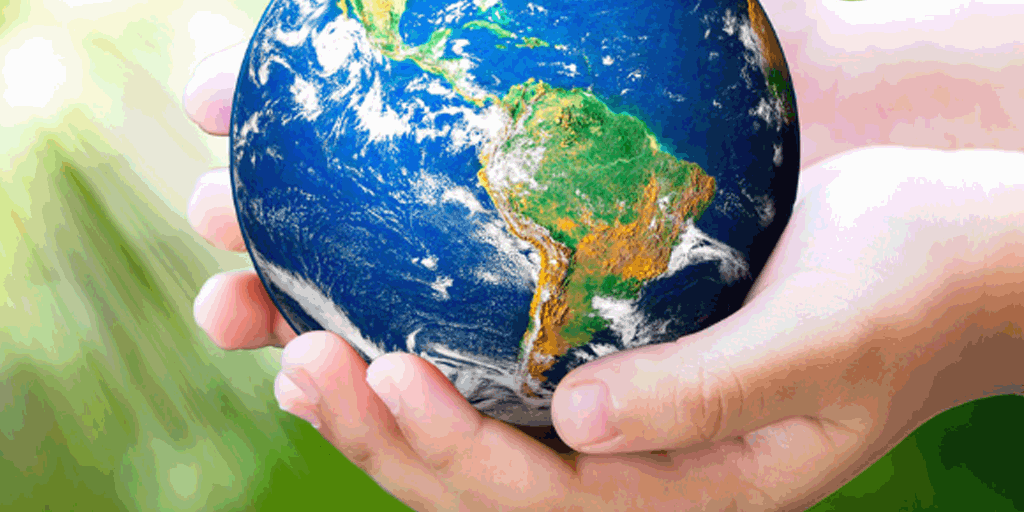China’s Recycle Ban: What does this mean for the ‘War on Plastic?’

The Circular Economy
2018: the year the European Commission have implemented an action plan in order to strive towards a more ‘Circular Economy’. The Commission aims to revisit our approach to plastic use with the objective of reducing plastic pollution. However, until recently there was a significant reason behind the success of the EU’s green strategy. China’s new recycle ban has forced the EU and the rest of the world to reassess how we manage and control our waste.
Can Ireland stop the ‘Plastic Plague’ from spreading further?
In 2016, Ireland exported 95% of its waste to China. Are we as waste efficient as we would like to think? Or have we simply been shipping our problems elsewhere? Ireland, according to the Irish Times, is the highest producer of plastic waste in the EU. The average produce per person in Ireland comes to the figure of 61kg per year. For a country of our size, that statistic is quite frankly, alarming. Since China has announced it will no longer be accepting foreign waste, a number of problems for countries who have been overly dependent on the matter have been created. On the contrary, it can be argued that these problems force countries such as Ireland to address their waste management issues head on. According to politico.eu, that same year, the EU collected 8.4 million tons of plastic waste and sent 1.6 million tons to China.
What happens to your ‘recycling’ when it isn’t recycled?
Ireland is not the only country facing a serious shock to the system. Futurism.com emphasised the US dependency on China- In 2016, the US alone sent 16 million tons of waste to China. As a result of the ban, tens of thousands of US recycling has ended up in landfill which results in frustration for many US citizens who believe in and are committed to recycling. The restrictions have resulted in waste continuing to pile up in developed countries with nowhere to dispose of it despite their efforts and pro-recycle attitudes.
Unfortunately, diverting some of this waste to landfill seems to be an inevitable consequence for many countries. This begs the question, how did we end up here? In this climate of endless environmental awareness and evidence of environmental damage as a result of this pollution can we really justify sending recyclable goods to the dump? The answer does not lie within a short-term temporary ‘solution’ of dumping our waste and pretending when we have that it goes ‘away.’ This ban has forced us to face our waste management issues and reassess this current strategy.






